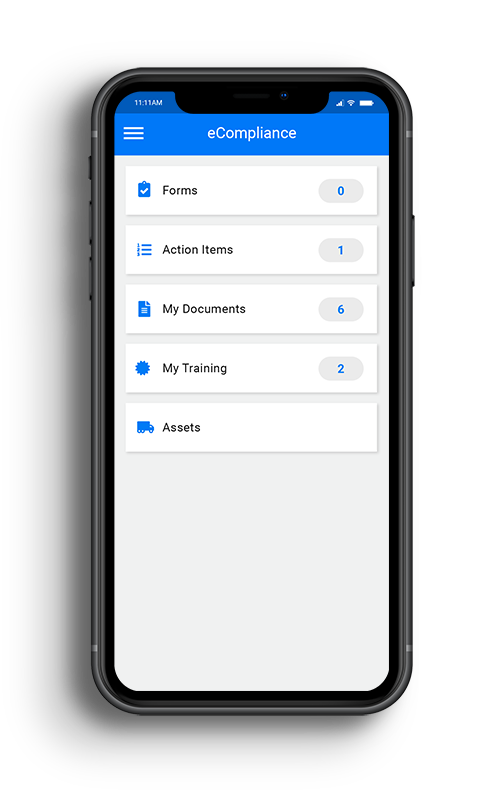
Share this Post
PUBLISHED
May 11, 2022
READ TIME
3 Minutes
WRITTEN BY
![]() Dina Adlouni
Dina Adlouni
Dina is the resident Content Writer at EcoOnline North America . When she’s not writing about health and safety, you’ll find her enjoying a cup of tea while watching her favorite sitcom.
What is a Hazard Assessment
Hazard assessments are a critical part of any health and safety program. This process allows employers and management to create a safer work environment where more people are protected on-site. Not only is this a vital part of your safety program, but it is also a legal requirement.
A hazard assessment can be defined as a process where hazards are identified and assessed by workers and the employer. At this time, certain controls are also analyzed to help mitigate hazards which are uncovered on-site.
Our EcoOnline team wants to share three fundamental things you should know about hazard assessments to help make the process more efficient for you and your team. Let’s get started!
3 Things You Should Know About Hazard Assessments
1. Who is responsible for conducting a hazard assessment?
Hazard assessments should be conducted by experienced members of the management team in addition to competent workers. This should not fall solely on one person as it is truly a team activity. In terms of safety professionals, they should only provide guidance when it comes to hazard assessments.
Members of management must lead hazard assessments while workers should provide insight into hazards they face daily while conducting job tasks. Meaningful management and worker involvement and collaboration are key during this process to help uncover all hazards and put the best controls in place to help mitigate them.
Such collaboration will not only help to create a safer work environment, but it can also help boost employee participation and engagement rates. When workers understand the vital role they play in protecting their peers, they will be more inclined to participate in safety activities and behaviors. Having employers and management value their feedback and insight when conducting hazard assessments will also help to improve worker participation to build a more powerful safety culture.
2. How frequently should hazard assessments be conducted?
The frequency of hazard assessments depends on the type of hazard assessment conducted. Generally, a hazard assessment should be conducted whenever new processes or procedures are introduced, when new equipment is used, or when other changes occur. This will help uncover any hazards which may have been a result of those changes.
Employers must keep records of all hazard assessments with the date recorded for reference. It’s also vital for this information to be shared with employees, so they are aware of any hazards identified and the controls put in place to mitigate them. This will help to keep them safer, and more educated, on the job.
To learn more about each type of hazard assessment and how often they should be conducted, download our free Hazard Assessment Whitepaper.
3. Why are hazard assessments important?
Hazard assessments are important for a multitude of reasons. Besides helping boost worker participation in safety activities and more, they are one of the most fundamental elements needed to create a safer workplace for your people.
First and foremost, hazard assessments provide an opportunity for the employer and workers to identify and analyze all hazards which may be present on a worksite. It is also a chance for them to implement the hierarchy of controls and evaluate what actions need to be taken to best reduce incidents and injuries. This, along with risk assessments, are the very foundation of a strong safety program. To learn more about the subtle difference between a hazard and risk and how both assessments complement one another, read our new guide.
As previously explained, this process also helps to boost worker participation and engagement in safety activities. What’s more, workplace hazard assessments can also help reduce downtime and increase efficiency on-site. With less injuries and illnesses occurring, organizations can see less time lost due to employee incidents and company shutdowns.
How EcoOnline Can Help
The EcoOnline EHS management solution can help streamline your hazard assessment process with everything digitized and centralized in one cloud-based, platform. It’s time to toss paper and Excel-based processes to the side, as they are prone to human error and can lead to time-consuming processes.
Curious to learn more about how we can help you create a safer workplace? Speak to one of our EcoOnline representatives today.
Learn How You Can Get EcoOnline North America
Complete this form and one of our safety experts will be in touch.

